The Must-See Wilderness of Tasmania’s West Coast
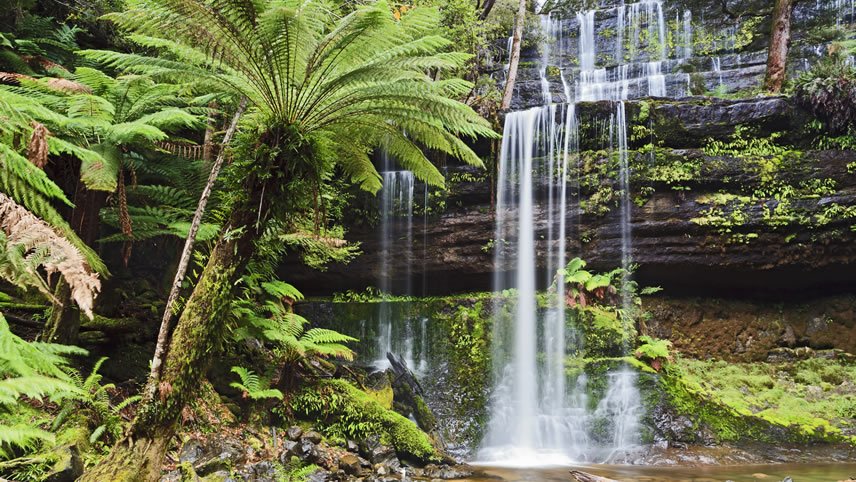
Mother Nature was in her element when she was crafting the West Coast of Tasmania! There is a gem to unearth around every corner, and you can share these treasures with the ample wildlife that calls the region home. Here is just a taste of what is served up on a tour of Tasmania’s west coast.
Stanley
The cute cottages of Stanley are sprinkled beneath the intriguing volcanic formation known as ‘The Nut’ – a flat-topped outcrop jutting 150m out of the water of the Stanley Harbour. A perfect place to drink in panoramic views of the coast as you summit The Nut, or simply meander the laneways of the charming township at its base. For a bit of history visit the Highfield Historic Site, a homestead built in the 1830s with lovely gardens, a long-standing convict barracks, stable and chapel to be explored.
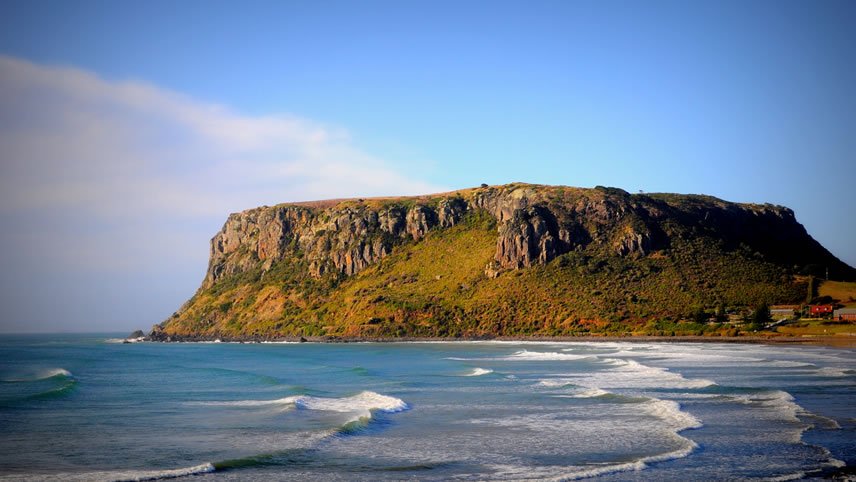
The Tarkine
With towering forests, winding river systems, rolling sand dunes, untouched beaches and coastal heath, it is no wonder wildlife of all kinds call the Tarkine Forest Reserve home. Spot echidnas, wombats and Tasmanian devils wandering the trails, or possums and birdlife nestled in the canopy of this wild-yet-serene ecosystem. The area also holds deep importance to the Tasmanian Aboriginal people, with time-worn artefacts and rock engravings just some signs of the strong bond they have with this land.

Cradle Mountain
Perched in the north of the Cradle Mountain-Lake St Clair National Park, Cradle Mountain and its surrounds offer a varied landscape made for exploring on foot. With trails aplenty winding through the forests, grasslands, river gorges, and glistening lakes, there is so much to see – both on light walks and more challenging tracks. Not wanting to hit the trails? Never fear! Consider a visit to the Cradle Mountain Wilderness Gallery which boasts images captured by some of the best nature photographers around.
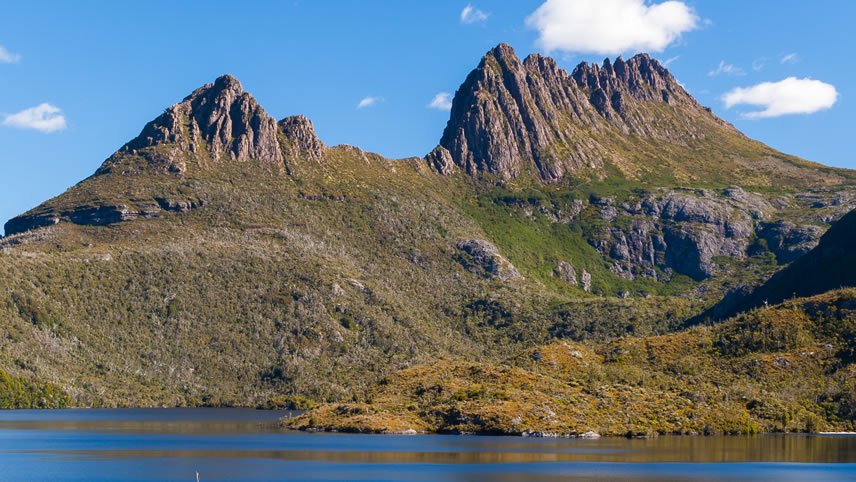
Dove Lake
Resting in the shadows of Cradle Mountain, Dove Lake is a tranquil haven with crystal water and sandy alcoves encompassed by a six-kilometre track. The path circling the lake is predominantly a boardwalk that you can stroll along while taking in the sweeping views of Cradle Mountain, the Ballroom Forest, and patches of horizontal scrub. You may have to share the path with an occasional echidna that loves the place as much as you, but really, who can blame them?
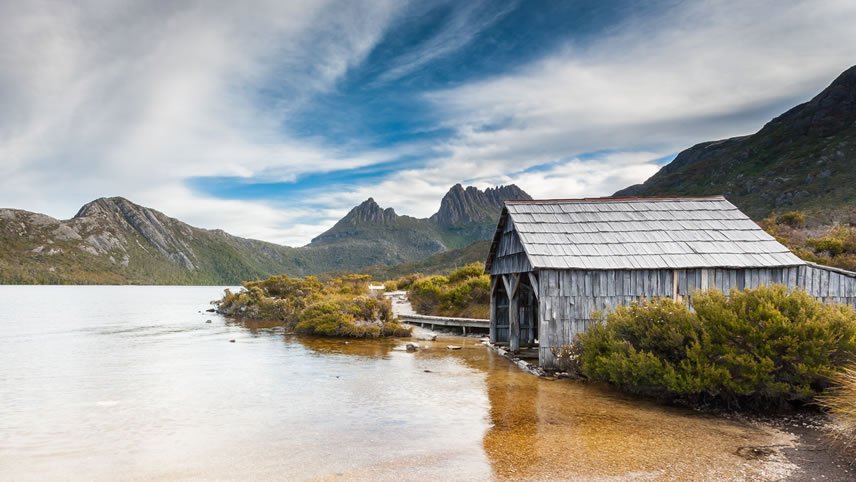
Lake St Clair
The deepest freshwater lake in Australia lies at the southern end of Cradle Mountain-Lake St Clair National Park. Called Leeawuleena by the Aboriginal people of the area, meaning sleeping water, the still surface of Lake St Clair stretches 18 kilometres and is skirted by woodlands filled with walking trails. Take to the tracks around the lake or relax on the shoreline watching for wombats and platypus.

The Gordon River
Snaking its way from Macquarie Harbour deep into a lush ecosystem of ancient pines and rich wildlife, the Gordon River is a must-see on Tasmania’s West Coast. The serene waters are famous for their reflective surface, mirroring natures show playing out around the glassy river system. Keep an eye out for the rare Tasmanian azure kingfisher flitting overhead as you drink in the view on your Gordon River cruise.

Queenstown
Once a mining hub, Queenstown is carved out of the lush wilderness of the west coast. Its ‘moonscape’ of barren mountains and desolate gullies is a result of the copper mines that once thrived in the area. The town and its surrounds sit as a stark contrast to its verdant western counterparts, but the intriguing terrain coating the hills has a unique ‘wild west’ appeal that makes it a striking landscape to uncover as you wind your way along the west coast.

Russell Falls
Sitting just over an hour from Hobart burrowed amidst the forests of Mt Field National Park, Russell Falls is the most photographed waterfall in Tasmania – and rightly so! Cascading over two ridges, a pair of vertical sheets of water are framed between tall tree ferns. Easily accessible by a 20-minute walk along a good path and well-maintained boardwalk, the falls and landscape surrounding them are a spectacular addition to your west coast must-see list!
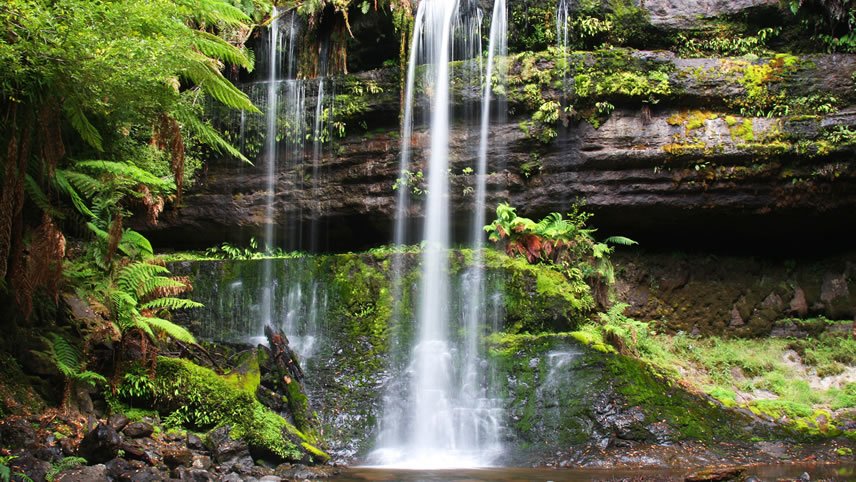
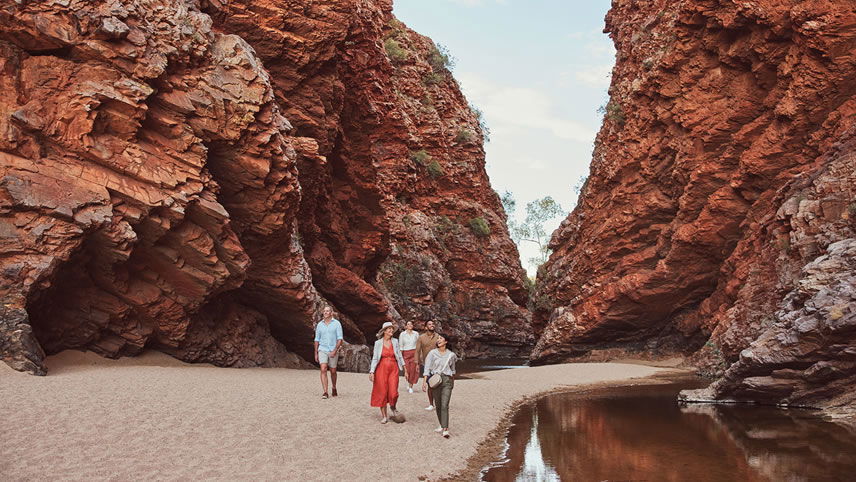
21 August, 2024
Inspiring Journeys Unveils New 2025 & 2026 Season ItinerariesInspiring Journeys, renowned for offering immersive, small-group premium travel experiences,...

24 July, 2023
Tasmania Through the SeasonsTasmania often faces unfair criticism regarding its climate, but despite being Australia's...
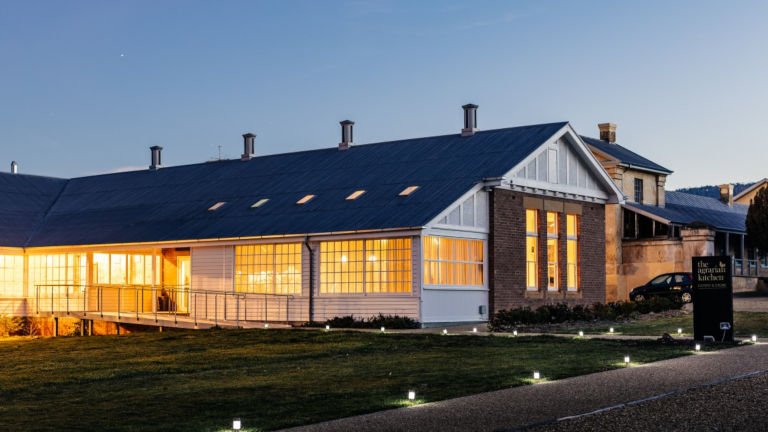
05 January, 2021
Tasmanian Food and Wine Tasting GuideThe food and wine scene in Tasmania is more than thriving. With an abundance of growers,...
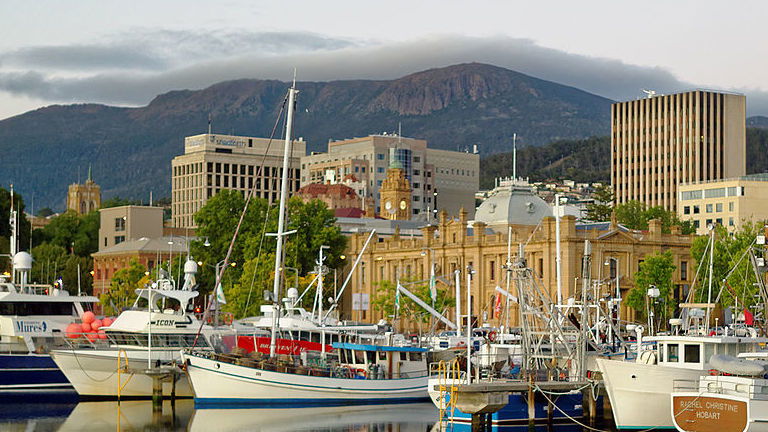
11 August, 2020
10 Incredible Experiences on Bunnik's Tasmania in Depth Guided TourBunnik Tours are delighted to bring you their second Australian tour, Tasmania in Depth....

04 August, 2020
The Tastes of Tassie: Must Do Experiences with Insight VacationsTasmania boasts an incredible collection of one-of-a-kind attractions, both natural and man...
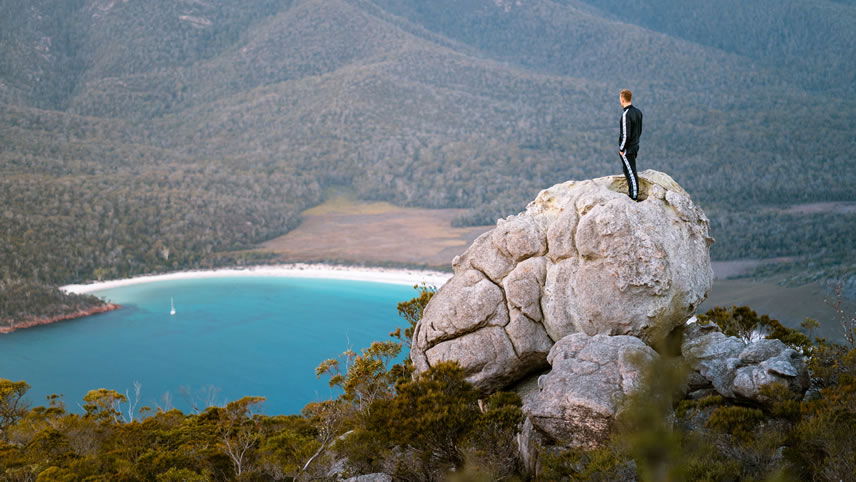
08 October, 2018
See the Best of Tasmania on a 7 Day Luxury Tour with Inspiring JourneysHistory, Culture and Gastronomy - Welcome to the Wild Island State Home to only 500,000...
